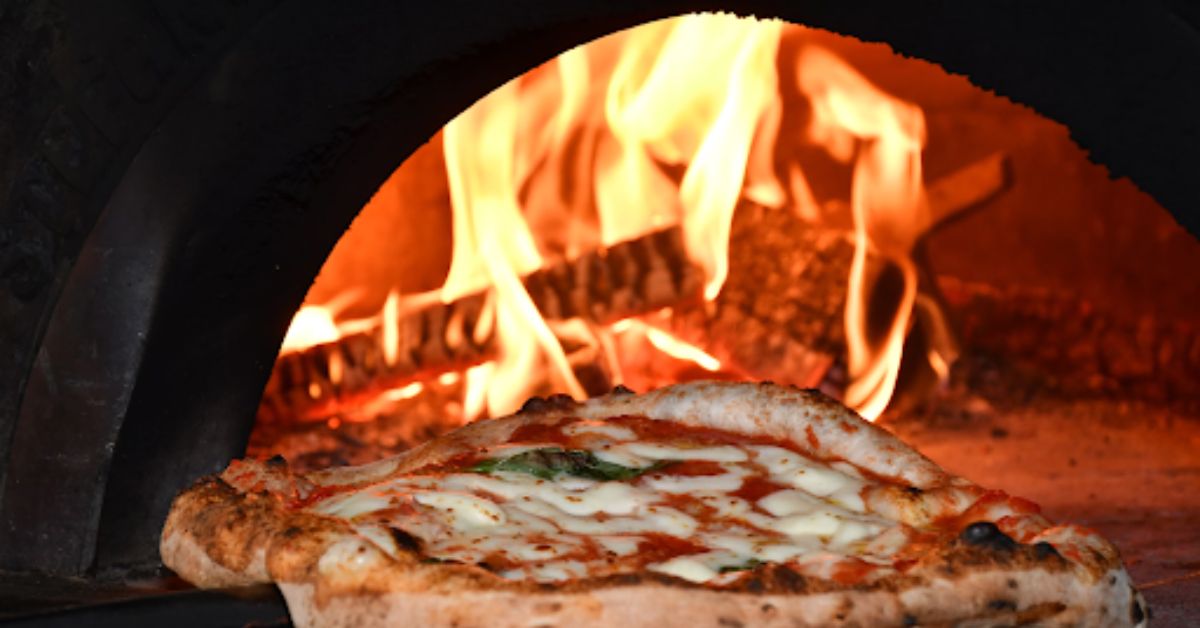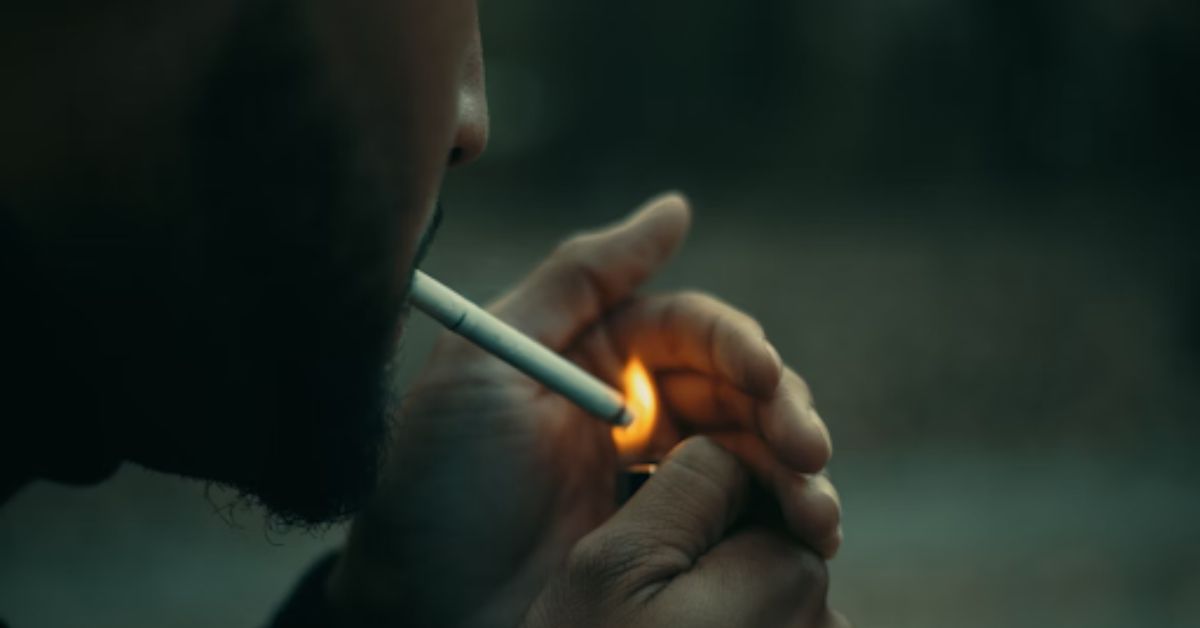Pizza ovens have surged in popularity as home cooks seek to recreate the magic of authentic wood-fired pizzas in their own backyards. However, mastering these specialized cooking tools comes with a learning curve. Even experienced home chefs can find themselves making simple mistakes that prevent them from achieving that perfect crispy-yet-chewy crust and beautifully melted toppings.
The journey to pizza perfection requires patience and practice. Much like learning the strategies in popular games (read more about MONOPOLY Big Baller for another challenging but rewarding pastime), mastering your pizza oven takes time. The good news is that by avoiding some common pitfalls, you can significantly improve your results right away.
Not Giving Your Oven Enough Time to Heat Up
One of the biggest mistakes new pizza oven owners make is rushing the preheating process. Unlike conventional ovens, pizza ovens—especially wood-fired ones—need considerable time to reach optimal cooking temperatures of 750-900°F (400-480°C).
Depending on your oven type, preheating can take anywhere from 30 minutes to over an hour. When you skip proper preheating, you’ll end up with unevenly cooked pizza: soggy in some spots and potentially burnt in others. The signature leopard-spotted char that pizza enthusiasts crave comes from that intense, consistent heat throughout the cooking chamber.
Using the Wrong Type of Wood
For wood-fired ovens, the type of fuel matters significantly. Many beginners grab whatever wood they have on hand, which can lead to disappointing results and even potentially harmful smoke.
Hardwoods like oak, maple, ash, or fruit woods (apple, cherry) are ideal for pizza ovens. They burn cleaner, hotter, and longer than softwoods like pine, which can release resinous smoke that imparts unpleasant flavors to your food. Always use dry, seasoned wood with moisture content below 20% for the cleanest burn and best heat production.
Poor Dough Management
Even with a perfectly heated oven, your pizza will disappoint if your dough isn’t properly prepared. Common dough mistakes include:
- Using cold dough straight from the refrigerator
- Working with overly sticky or dry dough
- Not allowing sufficient proofing time
- Over-handling the dough, which deflates air pockets
For best results, remove your dough from the refrigerator at least two hours before cooking. The dough should reach room temperature, making it more pliable and easier to stretch without tearing. A properly proofed dough will create those beautiful air bubbles in the crust that give artisanal pizza its characteristic texture.
Overloading Your Pizza with Toppings
The temptation to pile on toppings is understandable—who doesn’t want more of their favorite ingredients? However, overloaded pizzas are one of the most common causes of disappointing results in high-temperature pizza ovens.
Too many toppings, especially wet ingredients like fresh mozzarella, mushrooms, or excessive sauce, release moisture during cooking. This creates steam that prevents proper crust formation and can leave you with a soggy center. Additionally, a heavy load of toppings requires longer cooking time, which can lead to a burnt crust before the toppings are properly cooked.
Follow the “less is more” philosophy of traditional Neapolitan pizza makers. A light hand with sauce and a thoughtful selection of just a few quality toppings will yield much better results.

Neglecting Proper Oven Management and Technique
Pizza ovens require active management throughout the cooking process. Many beginners make the mistake of simply placing the pizza in the oven and waiting, as they would with a conventional oven.
In a pizza oven, especially a wood-fired one, heat distribution varies throughout the cooking chamber. The back is typically hotter than the front, and the floor temperature differs from the ambient air temperature. Successful pizza cooking requires rotating the pizza during cooking and possibly moving it to different positions within the oven.
Additionally, timing is crucial. At temperatures approaching 900°F, pizzas can cook in as little as 60-90 seconds. Taking your eyes off the pizza, even briefl,y can mean the difference between perfection and a charred disappointment.
By avoiding these five common mistakes, you’ll be well on your way to creating restaurant-quality pizzas at home. Remember that mastering your pizza oven is a skill that improves with practice, so don’t be discouraged by early setbacks. Each pizza is an opportunity to refine your technique and bring you closer to achieving that perfect combination of crispy, chewy, and deliciously charred crust that makes wood-fired pizza so special.











